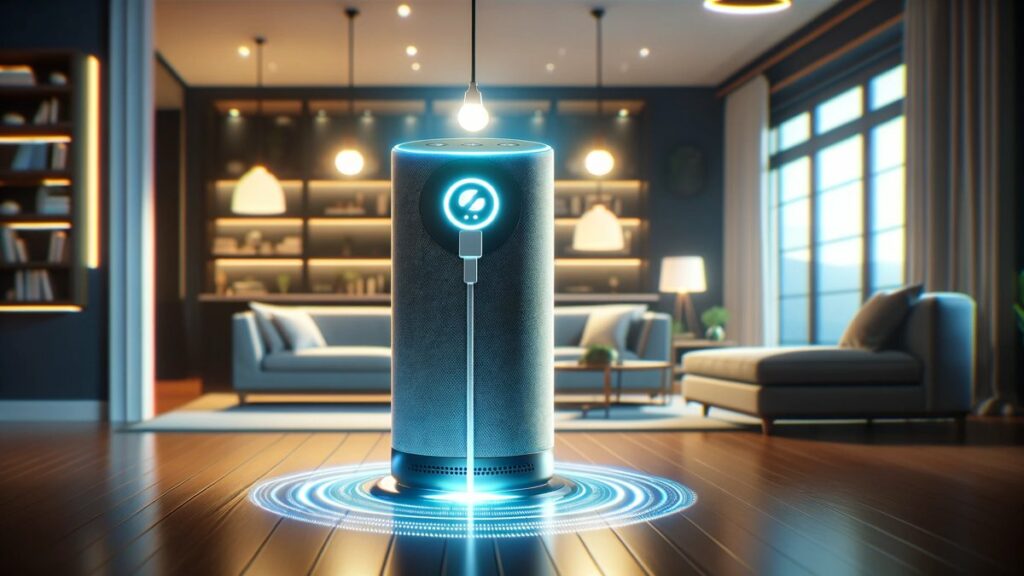In the groundbreaking study, researchers embarked on an innovative investigation to determine the most efficient photovoltaic (PV) systems for indoor use. Recognising the burgeoning IoT market and the increasing need for efficient power sources for smart home devices, the study aimed to identify PV systems capable of effectively converting indoor light into electricity.
Titled “Indoor Photovoltaics for the Internet-of-Things – A Comparison of State-of-the-Art Devices from Different Photovoltaic Technologies,”, the study was the result of a collaborative team of researchers from industry and academia.
The research, crucial for the advancement of indoor photovoltaic systems for IoT applications, involved testing various PV technologies under indoor lighting conditions. This pursuit led to the examination of eight different types of PV devices, encompassing a range from traditional amorphous silicon to innovative thin-film technologies. The methodology involved testing each PV system under two distinct lighting conditions: simulated sunlight and cool white LED light. This approach was pivotal in comparing the performance of each technology in both natural and indoor lighting environments, which significantly differ in terms of light intensity and spectral composition.
The results were revealing. Gallium indium phosphide (GaInP) PV cells emerged as standout performers under indoor lighting, achieving an impressive conversion efficiency of nearly 40%. This starkly contrasted with its modest performance under sunlight, a limitation attributed to its large band gap. Meanwhile, crystalline silicon, known for its high efficiency under sunlight, demonstrated only average performance in the realm of indoor light.
The findings hold particular significance for the development of indoor PV technologies. GaInP, though not yet a mainstay in commercial PV cells, shows immense promise for applications beyond traditional solar power. However, the study notes the cost factor associated with gallium-containing materials, suggesting potential challenges in their widespread adoption for powering smart home systems.
In contrast, perovskite mineral and organic film PV cells, while less efficient, offer a more cost-effective solution without stability issues under indoor lighting. These materials, therefore, represent a viable path for developing efficient, economically feasible PV systems for indoor IoT applications.
An additional noteworthy discovery of the study was the identification of heat generation as a byproduct of indoor light energy conversion. This insight is crucial for the future optimisation of PV systems, where minimising heat production could enhance overall efficiency.
As IoT devices continue to proliferate, powering them efficiently and sustainably becomes increasingly important. This research, by providing a comprehensive comparison of various PV technologies under indoor conditions, marks a significant step towards realising efficient, integrated power solutions for the IoT landscape.
The study not only propels the field of indoor photovoltaics forward but also opens new avenues for future research and development. As PV technologies continue to evolve, their integration into the fabric of smart homes and IoT devices could reshape how we power our increasingly connected world.
There’s plenty of other editorial on our sister site, Electronic Specifier! Or you can always join in the conversation by commenting below or visiting our LinkedIn page.
